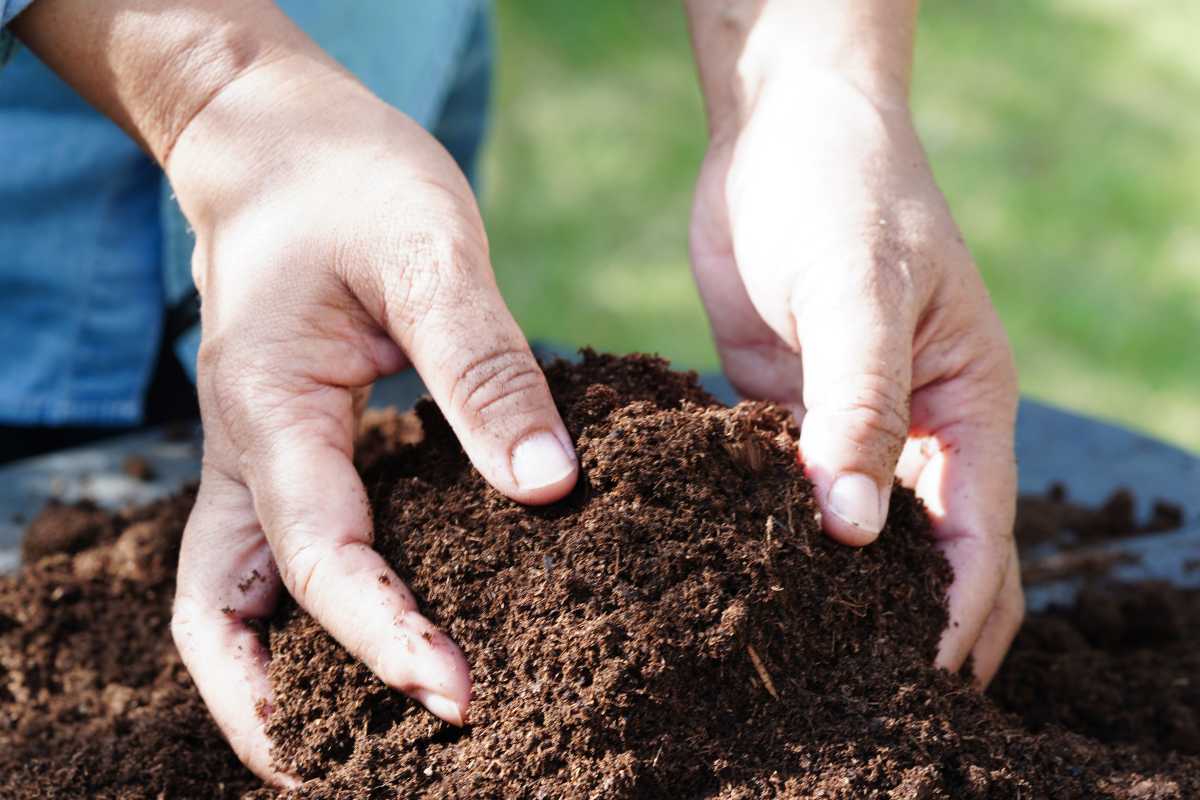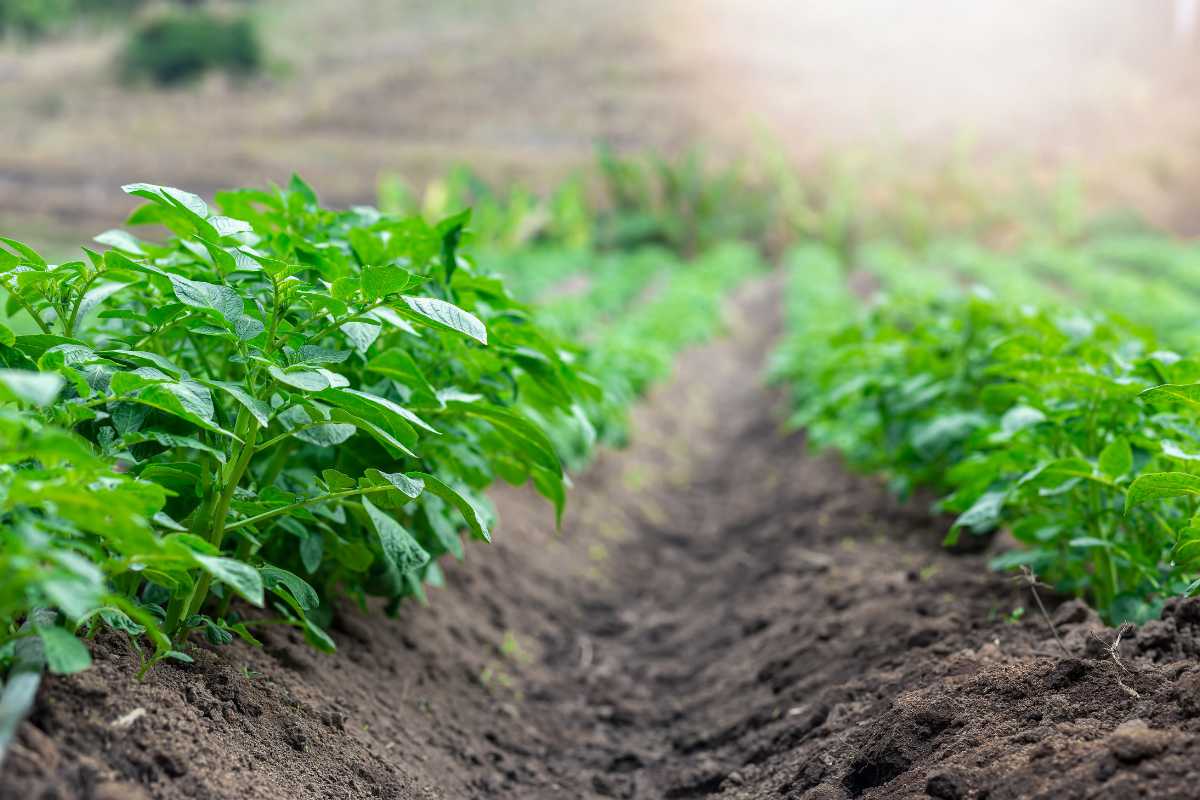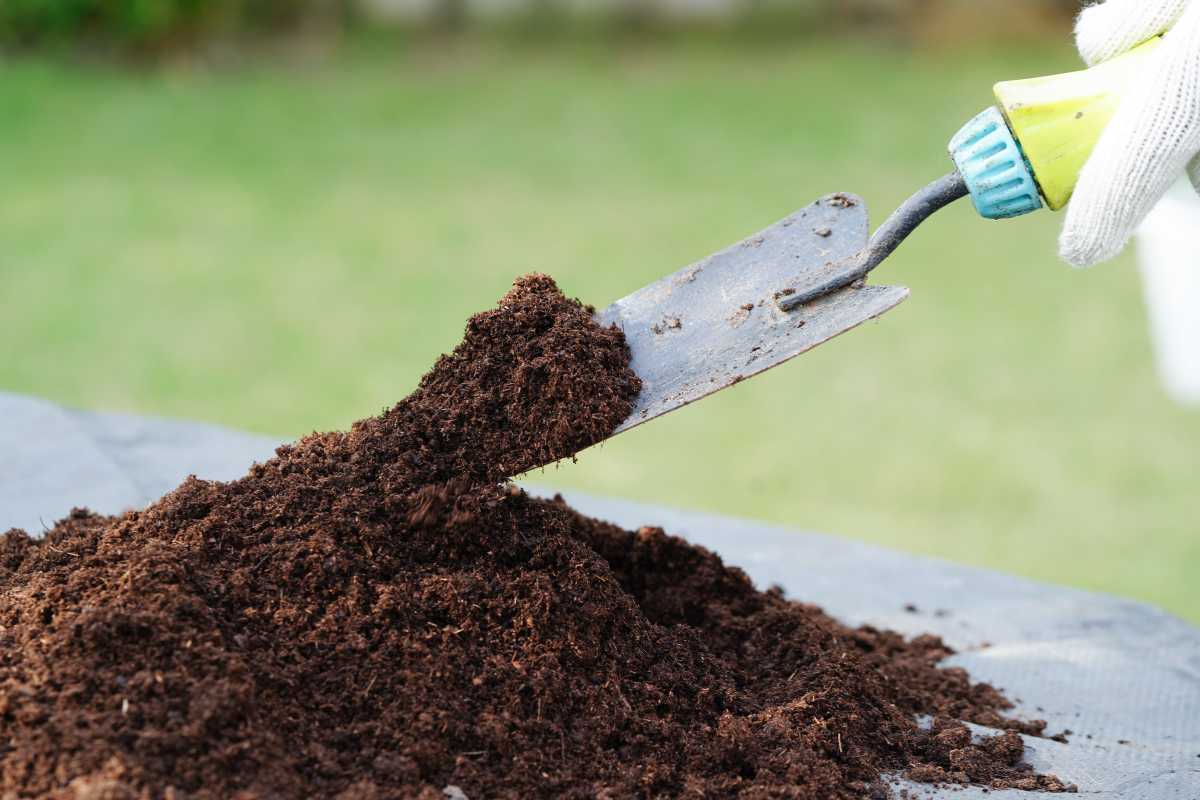Soil is the foundation of any garden and help to plants to absorb water and essential plant nutrients.There are methods that gardeners use to improve the soil quality and soil conditioners is one.
Most soil will need some form of soil conditioning to improve soil health and soil properties. There are some plants that will are suitable for all types of soil too if you don’t want to do any soil conditioning.
Although there are plants that suit every soil so if you don’t want to do any conditioning you just need to choose plants that will suit your soil.
In this article, I will discuss soil conditioners in more depth: what defines a soil conditioner, why you need it, and how to use it for healthy soil.
What is Soil Conditioner? Why Use It?

Soil Conditioner is generally considered to be a sub-category of soil amendments and provides a number of benefits to sustaining plant life.
- Related Articles: How to Start an Organic Garden
- Guide to Organic Soil
- Soil Amendments Guide
Conditioners help you improve the quality of your soil, including water holding capacity, fertility, and soil structure. Simply put, soil conditioner can improve or rebuild soil as well as maintain it.
It is very rare to get soil that is the perfect mix of silt, sand, and clay naturally. Using soil conditioners will help you get that perfect soil and is usually recommended before you start growing.
Plant roots also need to access air and water. Plants need soil that is loose enough to let the roots grow, but also compact enough to anchor them down. A good balance of water retention and good drainage is needed, so they don’t get waterlogged.
A soil conditioner is anything that helps to improve soil composition, but not all are sources of nutrients for microorganisms. Compost can be considered to be a soil conditioner, but will also add nutritional value to the soil.
Most store-brought soil conditioners are certified organic, as soil conditioning is often used as an alternative to chemical fertilizers.
Do I Need Soil Conditioner?

The simple way to tell if you need soil conditioner is to grab a handful of the dirt in your garden and check its consistency.
It should hold together enough that it doesn’t run through your hand, but not so much as to form ball. You should be able to crumble it easily without it squishing together. If it crumbles too easily, it is too sandy, and if it holds together too much, it has too much clay.
Soil conditioning can also help with soil erosion. Soil erosion is a common problem and can occur naturally, but humans have increased the rate of erosion.
Human practices such as urbanization, deforestation, and some agricultural practices have increased soil erosion globally by around ten to fifteen times the natural rate.
For this reason, soil conditioners are becoming more popular with organic farmers as well as gardeners.
How to Use Soil Conditioner

Soil conditioning methods and soil additives depend on the type of soil you have.
If your soil has too much clay, clay soils can become waterlogged. You need to break it up to improve drainage and aeration. You can also add grit sand as well as other popular conditioner products.
But the most effective way to deal with drainage of clay soils is to dig in plenty of rotted organic matter, and encourage earthworms and insects to help break up the soil.
If your soil is too sandy then you need to enable it to retain moisture. As with clay soil, the best way is to dig in lots of organic matter, including well rotted manure from omnivores (like horses).
There are also plenty of soil conditioners on the market that are designed to hold moisture. Two of the best conditioners on the market are Sphagnum moss and coco coir due to their ability to aerate the soil and retain water. Coconut coir offers more sustainability, but may also contain salt. Be sure to clean the coco coir off before mixing it into the garden soil.
If you are improving soil or trying to control erosion, then you want to seal in the soil and try to prevent water run-off. You should cover the ground with mulch and other conditioners to reduce the impact of the elements on bare soil.
Once the condition of the soil has improved enough to hold vegetation, the plants will also help to combat erosion and aid the build up of new soil.
What is the Soil Conditioning Index (SCI)?
The SCI is a tool that is used by the USDA Natural Resources Conservation Service to predict the effect of different cropping systems and tilling practices. It is designed to help build up organic matter and control erosion in farming.
Despite the name, it is not an actual index of soil quality. It’s an attempt to steer farmers away from farming practices that may actually harm their land and have detrimental effects on future crop growth.
There are 3 main parts to the SCI:
- Organic Matter (OM): The amount of organic material from plants or animals that are in the soil.
- Field Operations (FO): The amount of effects that can increase decomposition (organic matter breakdown) in the soil.
- Erosion (ER): Accounts for the removal of surface soil material that leads to organic matter loss and long-term productivity loss.
Final Thoughts on Soil Conditioning
Soil conditioning is not a new concept. Farmers and gardeners have, for generations, actively improved the condition of their soil with various natural materials to aid plant growth and productivity.
There’s been a recent surge in organic farming to try to combat poor soil conditions and erosion caused by industrial farming. There’s been a renewed interest in soil conditioning with the organic gardening surge.
As we start to see the long term effects that chemicals and mass crop production is having on our ecosystem, one can hope that we will start to cultivate a more symbiotic relationship with our environment.
FAQs – Frequently Asked Questions
What is the Best Soil Conditioner?
Sphagnum peat moss and coco coir are two of the best conditioners on the market as they both aerate the soil and retain moisture. Coco coir is more sustainable, however it may contain traces of salt, so you might want to wash it off before digging it into your garden.
Is Soil Conditioner Good For Grass?
The short answer is yes! You can even get soil conditioners specifically for lawns, like Monty’s turfvantage, which uses 100% natural elements and is OMRI listed for organic use.
What Is The Best Soil Conditioner For Clay Soil?
You can get store-brought conditioners specifically for clay, but the best is just grit sand and plenty of organic matter from your compost heap.
Can I Use Soil Conditioner As Compost?
No, compost contains nutrients that are essential for healthy plant growth, whereas soil conditioner simply improves the structure of the soil.
Can I Use Soil Conditioner As Potting Soil?
You can’t use soil conditioner directly as potting soil. You will need to add nutrients to the conditioner before potting plants. I suggest mixing it with compost to create a well-balanced potting soil.

